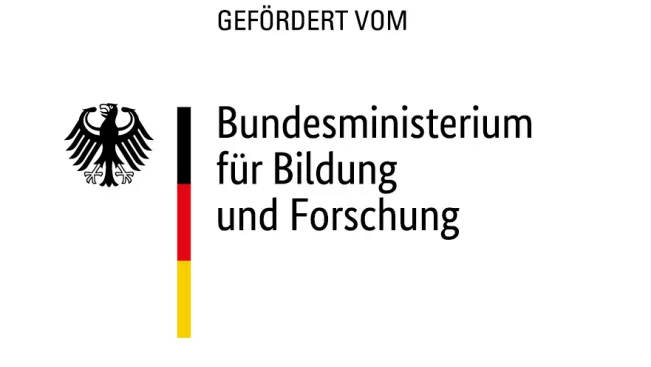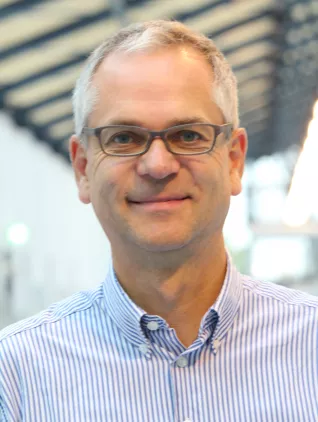Secure 3D-Fingerprint capture by means of OCT-Scanners ("3D-Finger")
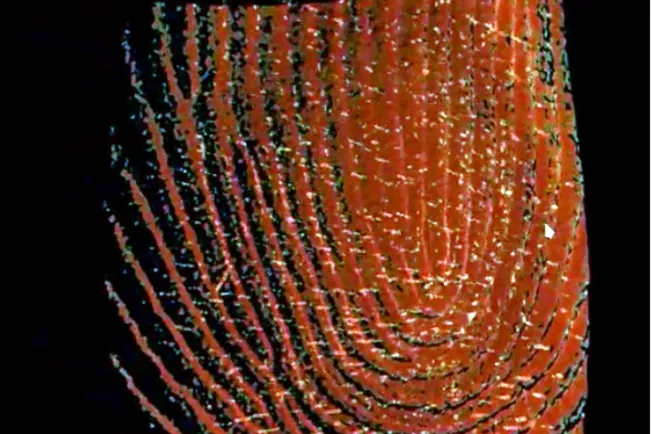
Research project at a glance
Keywords
Departments and Instituts
Funding type
Period
01.07.2017 to 30.06.2021
Project manager at H-BRS
Project Description
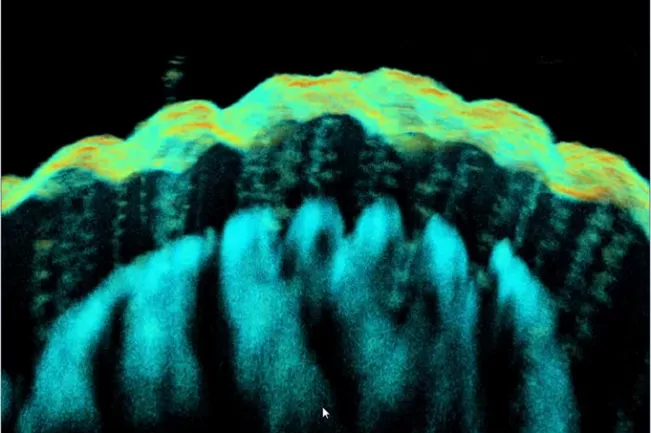
The fingerprint in the passport or the identification at the entrance, for example in security zones of buildings, since long have become the target of criminals - the aim is to pretend a false identity or to conceal one's own identity: Evidence includes skin transplants, stickers with the imprint of other persons or the removal of the visible lines of the skin relief. Advanced methods are therefore needed to identify people quickly and reliably.
The optical coherence tomography (OCT) method, which originated in medicine, promises greater reliability: In the "3D Finger" project, it is to be used in a new type of OCT fingerprint scanner. This opto-electronic process provides additional biometric information for the secure identification of a person and reliably prevents attempts to fool the system. This is made possible by being able to image much finer structures located deeper in the skin. If the system is suitably designed, sweat glands, for example, are imaged, but also whether the structure of the superimposed skin layers - epidermis, dermis and subcutis - match. This is like a second, "internal" fingerprint. Even blood flow can potentially be included to detect fakes with foreign fingerprints on dead carrier material.
With the BMBF-funded project "3D-Finger", the Institute for Safety and Security Research (ISF) at the Bonn-Rhein-Sieg University of Applied Sciences aims to achieve automatic evaluation of these biometric features in the registration and authentication of persons. The aim is to improve access controls for critical infrastructure, airports, when crossing borders or at major events by means of automatic access control systems in such a way that even the rush of large crowds can be handled sufficiently quickly and secured against so called "spoofing attacks" - formally specified as Presentatation Attacks according to ISO/IEC 30107.
Research associates
Cooperation partners
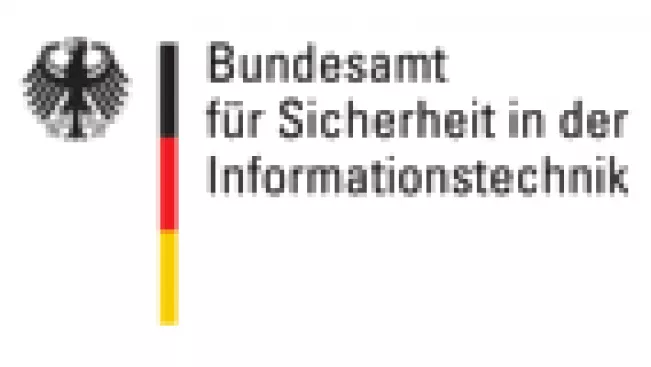

Sponsors
